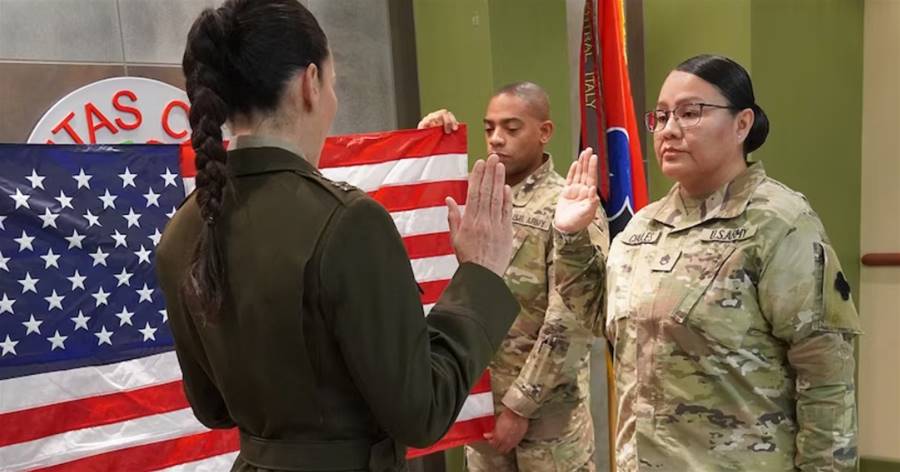

What is the military? In simple terms, the U.S. Armed Forces are made up of the six military branches: , , , , and, most recently, .
There are three general categories of military people: active duty (full-time soldiers and sailors), reserve & guard forces (usually work a civilian job but can be called to full-time military duty), and veterans and retirees (past members of the military).
And of course, there are the millions of family members and friends of military members, past and present.
But you're here to learn more about the military. There is much to learn. So first the basics.
The president of the United States is the commander in chief, who is responsible for all final decisions. The secretary of the Department of Defense (DoD) has control over the military and each branch -- except the Coast Guard, which is under the Department of Homeland Security.
With more than 2 million civilian and military employees, the DoD is the world's largest "company."
Each branch of the military has a unique mission within the overall mission of U.S. security and peace. In addition to the six branches of the military, the Army and Air s also serve their own special functions. Here's a rundown:
The nation's source of air and space power.
The primary mission of the is to fly planes, helicopters and satellites.
The Air National Guard, as we know it today, is a separate reserve component of the United States Air Force.
The dominant land power. generally moves into an area, secures it and instills order and values before it leaves. It also guards U.S. installations and properties throughout the world.
The Army National Guard is an elite group of warriors who dedicate a portion of their time to serving their nation. Each state has its own Guard, as required by the Constitution; in fact, it is the only branch of the military whose existence actually is required by the Constitution.
The Coast Guard's mission is primarily with domestic waterways.
does rescues, law enforcement, drug prevention and clears waterways.



















